Review: Sony Xperia XZ3
Lock Screen
Sony gave the XZ3's lock screen an ambient display that's more customizable than most.
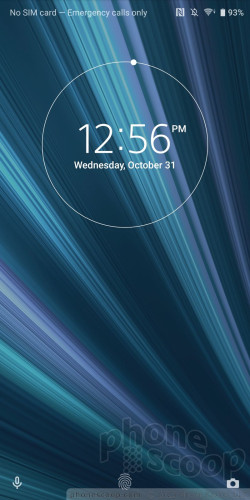
It doesn't stay on consistently by default; instead, it comes as goes as needed when notifications arrive. You can choose to turn it on all the time or set it to light up when the device is picked up. It shows the clock in white near the top of the screen. Several different clock styles are available. Basic status indicators and notification badges appear in the space below the clock. You can also choose to put stickers at the bottom of the ambient screen, as well as photos if you really want to go crazy.
A quick press of the XZ3's screen lock button wakes the display fully and reveals the clock, notifications, and two shortcuts: voice search and camera. (You can't customize the shortcuts.) As always, you can choose how visible notifications are on the lock screen and even control the LED indicator light.
Lock Screen Sticker
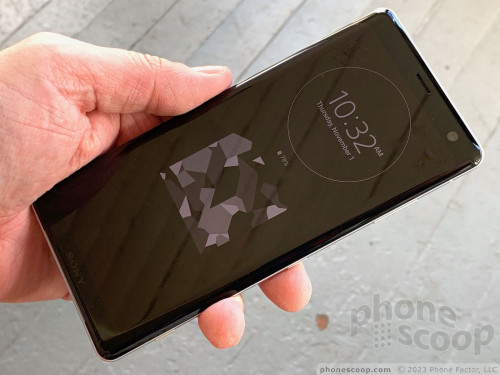
Security features are typical for a flagship device. Training several fingerprints takes no time at all and the reader is quick and accurate most of the time. It's a bummer that the fingerprint reader is in such an odd spot on the rear. Other options, including PIN, pattern, and password, are also available. There's no face scanner.
Home Screens
The Xperia XZ3 is one of the first phones from a major manufacturer to ship with Android 9 Pie installed. It's nice to see Sony get it on the phone so close to the platform's launch.
You can manage the home screens however you prefer. You can adjust the grid size, the icon size, add widgets, screen transitions, and much more. The app drawer, available via dedicated button in the home screen dock, is arranged in side-by-side pages that you swipe left and right. You can opt to view apps in custom order, most used, alphabetically, or by date. A search tool is always available in the app drawer, which is nice. The app drawer also supports folders.
The settings menu functions mostly like standard Android, but is brightened up by a welcome splash of color. The controls are laid out simply. There's a handy search tool. Sony has gotten rid of themes, but does include a one-handed mode that shrinks the interface down for easier use.
Side Sense is on board and it is as flighty as ever. This feature is similar to Samsung's Edge Screen. Tapping either side of the Xperia XZ3 will call up the Side Sense drawer. It's a customizable space where you can put shortcuts to apps, contacts, and so on. It looks clean, but getting it to open on the XZ3 is frustrating. There are sensors buried in the side of the screen that are supposed to open Side Sense when tapped. The issue is I could never find the right place to tap. Side Sense only ever seemed to open by accident. Thank goodness you can turn it off.
The Xperia XZ3 is plenty quick. It packs the top-end Qualcomm Snapdragon 845 processor with 4 GB of RAM. Many of today's flagships have made the jump to 6 GB of RAM, and more than a few offer an 8 GB option. I'm rather surprised Sony stuck with just 4 GB. That said, the phone performed very well. The XZ3 never felt slow, screen transitions were liquidy, and the majority of apps popped right open.
Camera
The camera continues to be a top priority for Sony. The quickest way to launch it is to press the dedicated camera button. The camera app opens very quickly.
Sony has completely overhauled its camera app. I don't think it makes any great leaps forward in usability, but it's fine.
The basic viewfinder includes controls for the flash, timer, aspect ratio, and white balance. A simple toggle lets you switch from camera to video camera. When you jump to the video camera, a second software button shows up so you can capture still images while recording video. The mode selector is below the camera button.
All the Sony hits are here. The XZ3 includes Google Lens, AR effect (put dinosaurs in your pix), Creative Effect (live filters), Sound Photo (takes photos with background sounds), panorama, selfie portrait, bokeh, slow motion, and manual.
AR Effect

Manual Mode allows you to set white balance, ISO, brightness, shutter speed (but only up to 1 second), and focus. It's relatively easy to use. I'm surprised the manual mode doesn't support longer exposures.
The XZ3 adds a dedicated bokeh tool for taking more artistic photos. It's an odd one. You need to tap the item on the screen you want to be in focus. Bokeh is really fussy in that it wants the subject to be about 1.5 feet away from you when shooting. The camera then asks you to hold still while it shoots two photos. (Remember, the phone has only one lens, rather than two like many competing phones.) The XZ3 then combines the results of the two photos and allows you to make some edits right away, such as the strength of the background blur. It's not nearly as intuitive or useful as nearly every other bokeh mode I've tested in the last year.
Conversely, Sony's super slow-motion tool is a cinch to use. Switch to slow-mo mode, start recording video, and when you see something you want captured in super slow-mo, hit the secondary button and bingo. The XZ3 can capture 960fps slow-motion in 1080p, rather than just 720p. Few other phones can do that this year.
I really like that Sony allows you to jump right to bokeh or AR effect via dedicated shortcuts that you can drop in the app drawer or place your home screen.
The selfie mode is fairly advanced. You can adjust the strength of the blur effect, as well as adjust the size of your eyes, the width of your face, and the clarity of your skin. I appreciate that it offers you a preview of these changes before you snap the shot.
Everything about the camera is fast.
Photos/Video
The XZ3's 19-megapixel camera hardware is a direct carry-over from the XZ2. The default setting is 17 megapixels at 16:9. If you want the full pixel count you need to switch to 4:3. The Exmor RS sensor has a 25mm lens at f/2.0 with low-light photo capture up to ISO 12,800 (ISO 4,000 for video).
The XZ3 keeps up with the competition. The majority of snaps I captured were clean, sharp, and accurate. Focus was almost always crisp. White balance and color were true-to-life, with only small deviations. Daytime shots were free of grain or noise. I did see a fair amount of grain/noise in low-light shots. This is one area Sony can't match Apple or Google.
Let's not forget, the placement of the camera lens means you may often smudge it with your finger. Check it often, as fingerprint oil definitely prevents your shots from looking their best.
The 13-megapixel selfie camera is a big jump up from the XZ2's 5-megapixel shooter. Results vary widely depending on what you do with the settings. If you dial back all the bokeh and beautification tools, the XZ3 takes sharp, clean selfies. Images are colorful and properly exposed. The only thing I disliked was some grain that appeared in low-light shots. The screen-based selfie flash helps a bit in low-light situations. If you do use all the tools, you may find everything looks a little too soft.
Selfie Portrait

Weirdly, Sony dropped the wide-angle selfie feature just when other phone makers (Google, LG) started adding it.
The XZ3 shoots video up to 4K (Ultra HD) resolution in HDR. The standard full HD video I shot with the XZ3 was perfect as far as focus, exposure, and color were concerned. This Xperia is the top Sony device for video.
Bokeh
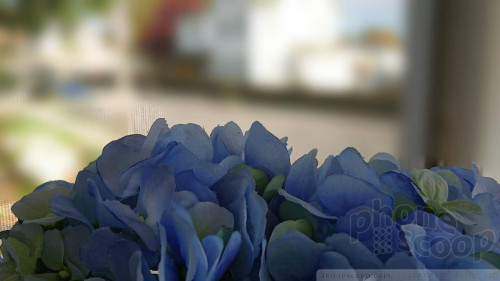


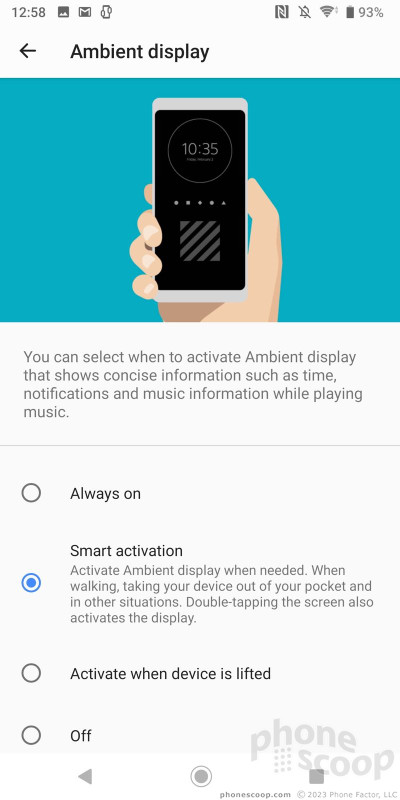





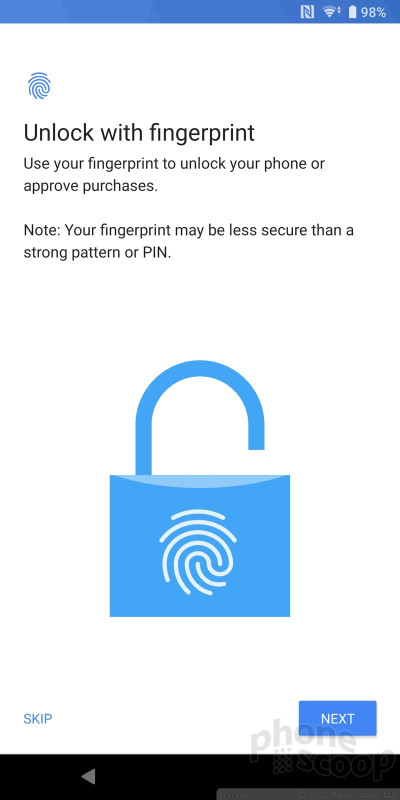





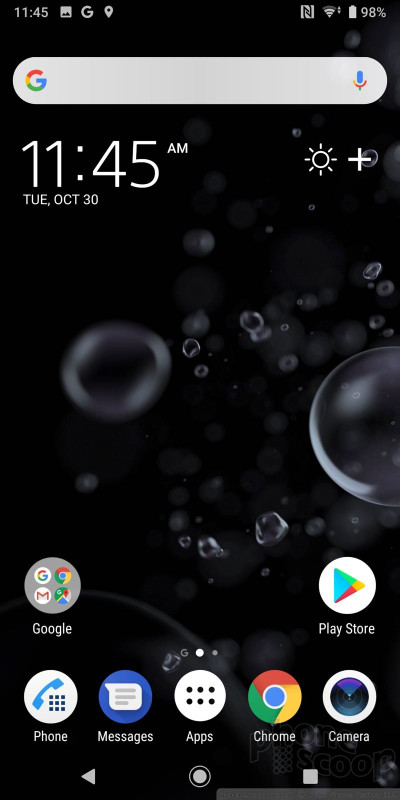







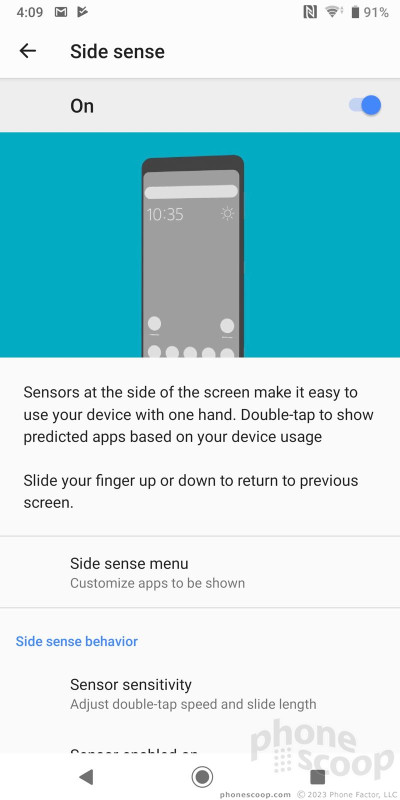




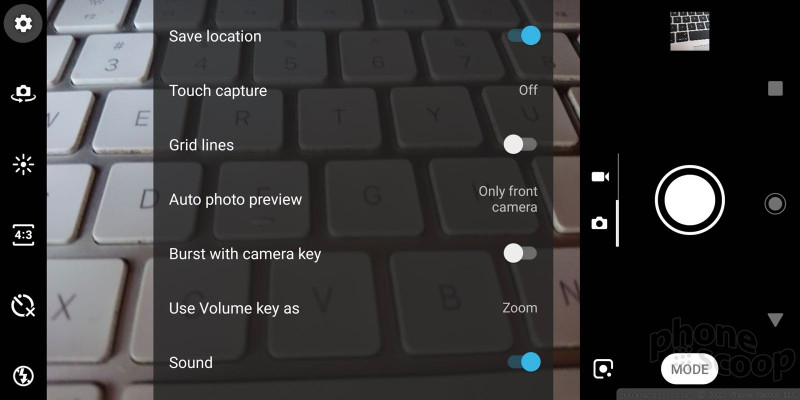





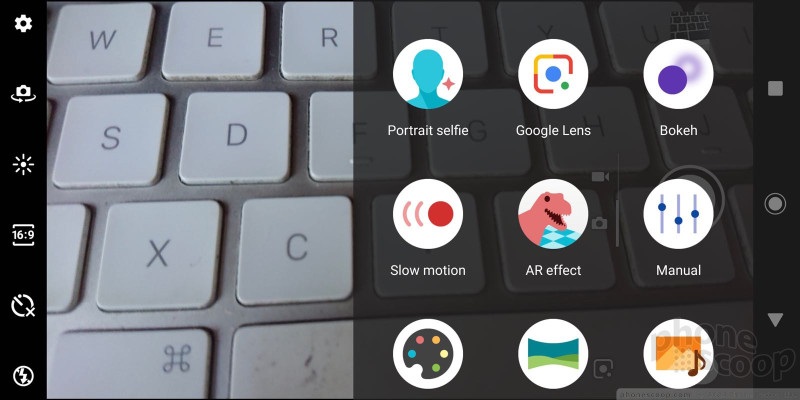





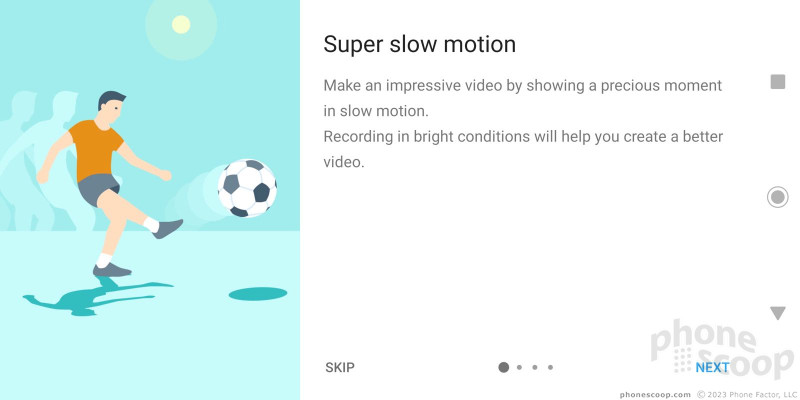
























 Best of IFA 2018
Best of IFA 2018
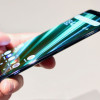 Hands On with the Sony Xperia XZ3
Hands On with the Sony Xperia XZ3
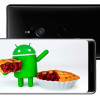 Sony Lays Out Schedule for Android 9 Pie Updates
Sony Lays Out Schedule for Android 9 Pie Updates
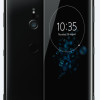 Sony XZ3 Boasts Bigger Screen, Bigger Battery, Bigger Speakers
Sony XZ3 Boasts Bigger Screen, Bigger Battery, Bigger Speakers
 Sony Xperia XZ3
Sony Xperia XZ3









